There are no guarantees with silicone - it is almost impossible to remove. Unfortunately, silicone contaminants, often from dusting sprays, do not become apparent until a new finish is applied and generally cannot be removed from the surface, only moved around and possibly sealed - a bane of the refinishing industry.
You need to power clean the existing finish and put on some type of barrier coat:
- Power clean the surface by scrubbing with a strong detergent such as Spic and Span and warm water combination with a gray Scotch-Brite pad. After that, clean with denatured alcohol full strength.
How to Power Prep Existing High Use Finishes for Stain or Paint here.
- Apply 3 coats of dewaxed shellac. Allow each coat to dry thoroughly.
- Then cross your fingers and test, test, test your entire finishing schedule in a small area before proceeding with the entire piece.
In most cases, you will need to strip and sand, but even then there is no guarantee of success. If the silicone has gotten into the wood through cracks in the old finish, you may not be able to get it all removed.
Protect yourself in custom refinishing contracts with a clause similar to this:
We cannot warrant finishes over an existing piece of furniture. If products containing silicone (such as dusting sprays), oil soaps or waxes have been previously used on the piece, they may contaminate a new finish and prevent adhesion. In these situations, it is best to strip and sand the entire piece. Occasionally, a previous wax finish or silicone may be impossible to completely remove.
________ (Initials) I acknowledge that this piece has never been waxed/polished with a silicone-based dusting spray or cleaned with oil soaps.
________ (Initial) I have no knowledge of previous cleaning products used but realize that they may have been applied by previous owners.
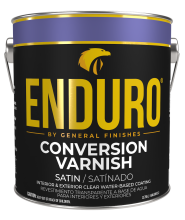 Enduro Water-Based Conversion Varnish
Enduro Water-Based Conversion Varnish
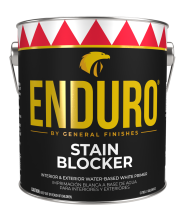 Enduro Water Based Stain Blocker Primer
Enduro Water Based Stain Blocker Primer
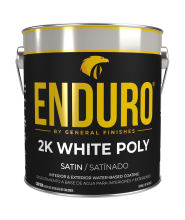 Enduro Water-Based Tintable 2K White Poly
Enduro Water-Based Tintable 2K White Poly
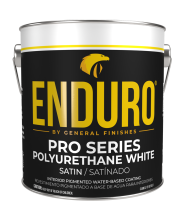 Enduro Water-Based Pro Series White Polyurethane
Enduro Water-Based Pro Series White Polyurethane
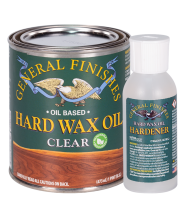 Hard Wax Oil & Hardener
Hard Wax Oil & Hardener
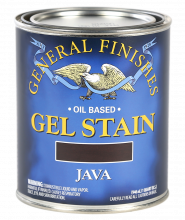 Gel Stains
Gel Stains
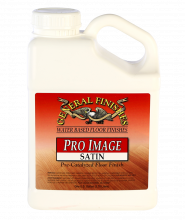 Pro Image Flooring Topcoat
Pro Image Flooring Topcoat
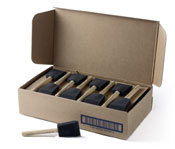 Jen Poly Brushes
Jen Poly Brushes
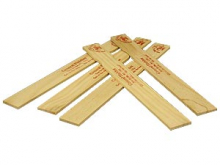 Stir Stix
Stir Stix
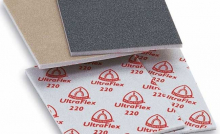 Ultraflex Softback Sanding Sponge
Ultraflex Softback Sanding Sponge
